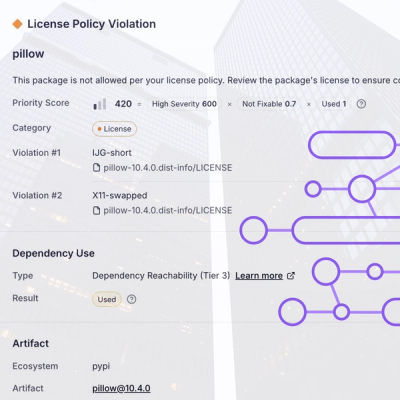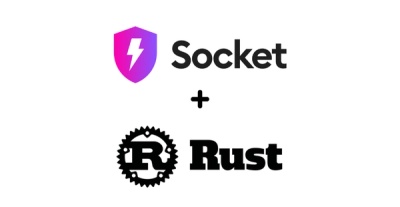
Research
/Security News
Critical Vulnerability in NestJS Devtools: Localhost RCE via Sandbox Escape
A flawed sandbox in @nestjs/devtools-integration lets attackers run code on your machine via CSRF, leading to full Remote Code Execution (RCE).

Drop-in Node.js admin endpoint to help you analyze production issues.
Live Demo | Usage | FAQ | Plugins | Example project | Changelog
Running apps in production can be challenging. Applications may crash, run into bugs or get slow. There are a variety of ways to approach such issues. Admin is a tool to help troubleshoot application issues. It is designed to provide detailed debugging information about running Node.js apps.
Admin provides debugging endpoints via an HTTP server. The functionality provided by this server is extensible as admin is a plugin system.
Instead of describing this at length, check out the live demo system on Heroku!
To use admin, the admin Node.js package and at least one plugin needs to be installed. The following example shows a typical setup.
npm install --save admin \
admin-plugin-config \
admin-plugin-healthcheck \
admin-plugin-environment \
admin-plugin-index \
admin-plugin-profile \
admin-plugin-report \
admin-plugin-terminate
To use admin, it needs to be configured and started with your application. The folowing code listing shows how this can be done.
const admin = require('admin');
admin.configure({
http: { // optional
bindAddress: '127.0.0.1', // default
port: 2999 // default
},
plugins: [
require('admin-plugin-index')(),
require('admin-plugin-report')(),
require('admin-plugin-environment')(),
require('admin-plugin-profile')(),
require('admin-plugin-terminate')(),
require('admin-plugin-config')({
config: {
// An application config goes here. This config object will be
// visible in the admin UI and via the admin REST endpoints.
secret: '42',
port: 8080
}
}),
require('admin-plugin-healthcheck')({
checks: {
// Define multiple healthchecks which check critical components
// in the system. The following example shows valid return values.
random() {
const v = Math.random();
if (v > 0.8) {
throw new Error('Random value >0.8');
} else if (v > 0.3) {
return "Healthy like an application that isn't used.";
} else {
return Promise.reject('Something bad happened here…');
}
}
}
})
]
});
admin.start();
The easiest solution is to setup an SSH tunnel to the machine:
SSH_KEY="~/.ssh/<my_key>"
REMOTE_USER="<user>"
REMOTE_HOST="<host>"
ADMIN_PORT="<port>"
ssh -i "$SSH_KEY" -Nf -L "$ADMIN_PORT:localhost:$ADMIN_PORT" "$REMOTE_USER@$REMOTE_HOST"
curl "localhost:$ADMIN_PORT"
1.4.1
handlebars and hbs dependencies to address security issues.FAQs
Drop-in Node.js admin endpoint to help you analyze production issues.
The npm package admin receives a total of 6,847 weekly downloads. As such, admin popularity was classified as popular.
We found that admin demonstrated a not healthy version release cadence and project activity because the last version was released a year ago. It has 1 open source maintainer collaborating on the project.
Did you know?

Socket for GitHub automatically highlights issues in each pull request and monitors the health of all your open source dependencies. Discover the contents of your packages and block harmful activity before you install or update your dependencies.

Research
/Security News
A flawed sandbox in @nestjs/devtools-integration lets attackers run code on your machine via CSRF, leading to full Remote Code Execution (RCE).

Product
Customize license detection with Socket’s new license overlays: gain control, reduce noise, and handle edge cases with precision.

Product
Socket now supports Rust and Cargo, offering package search for all users and experimental SBOM generation for enterprise projects.